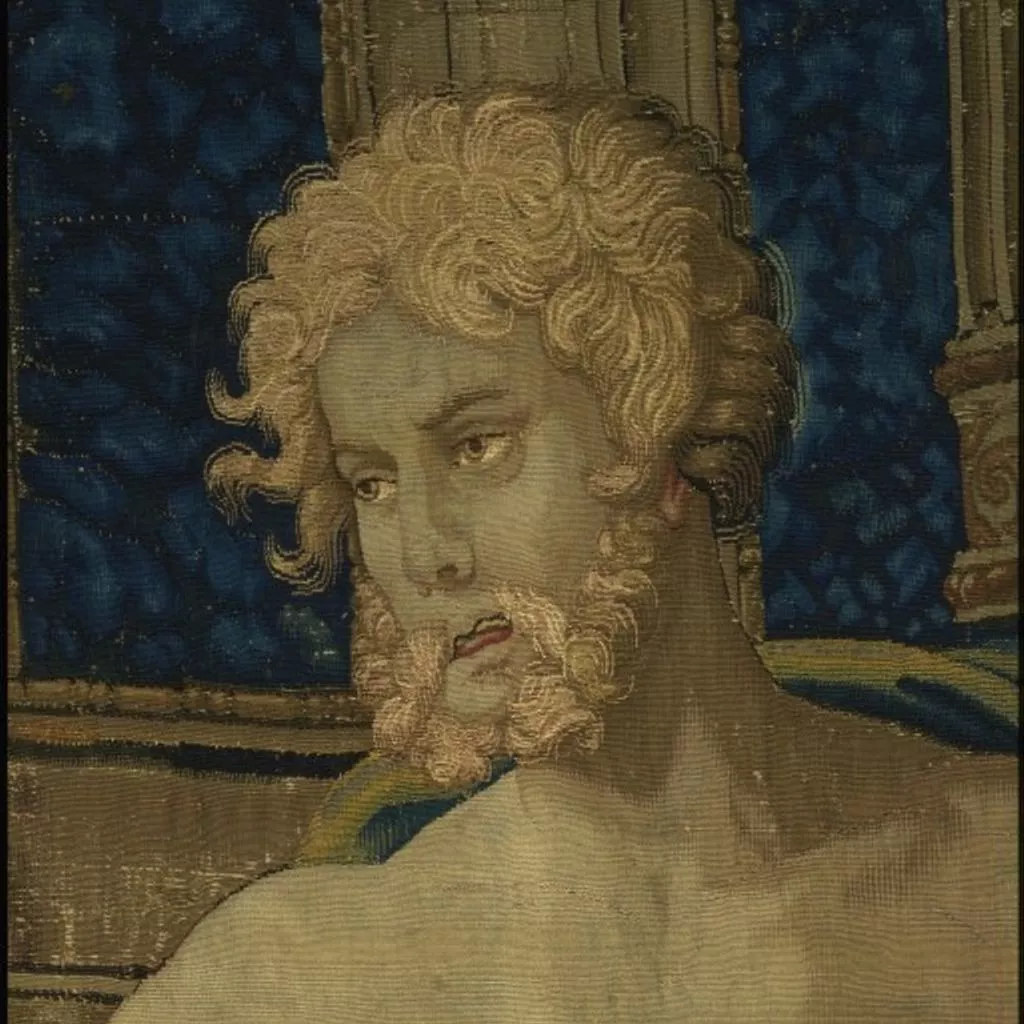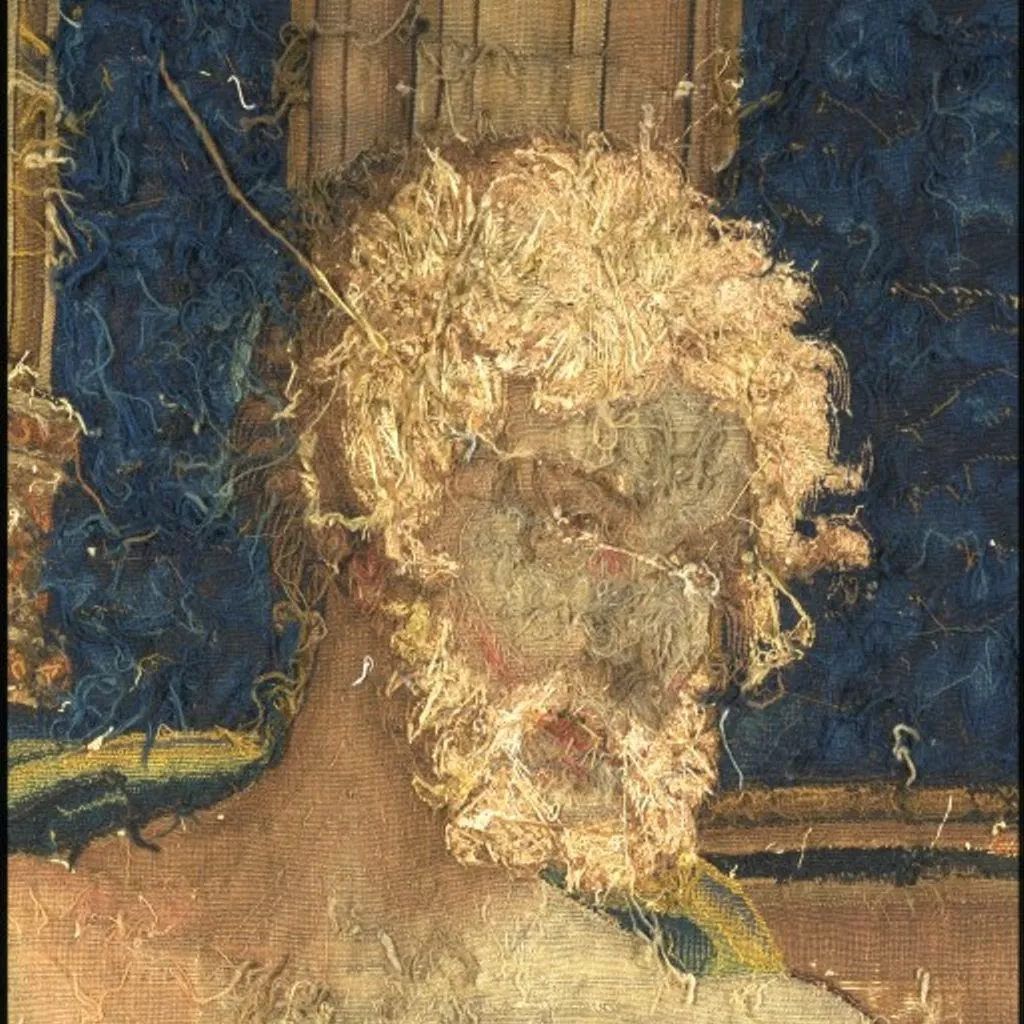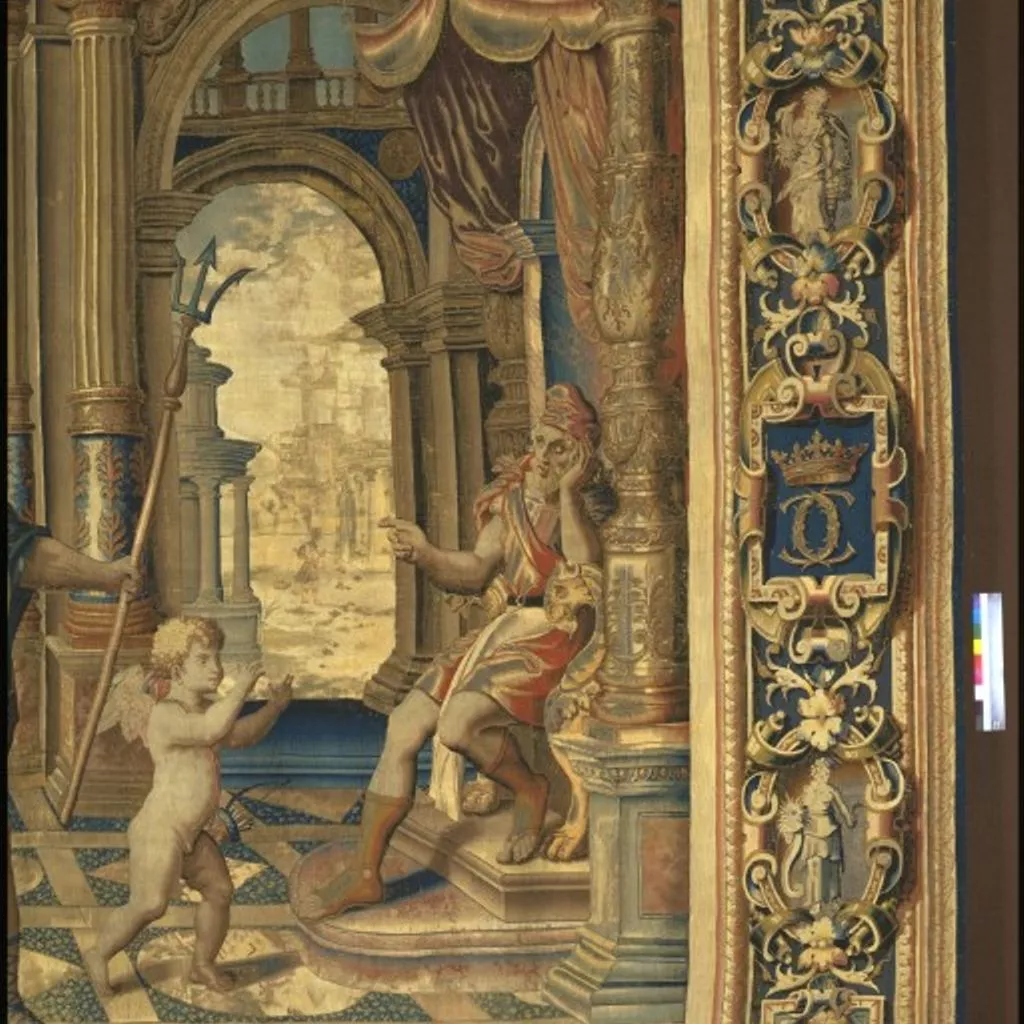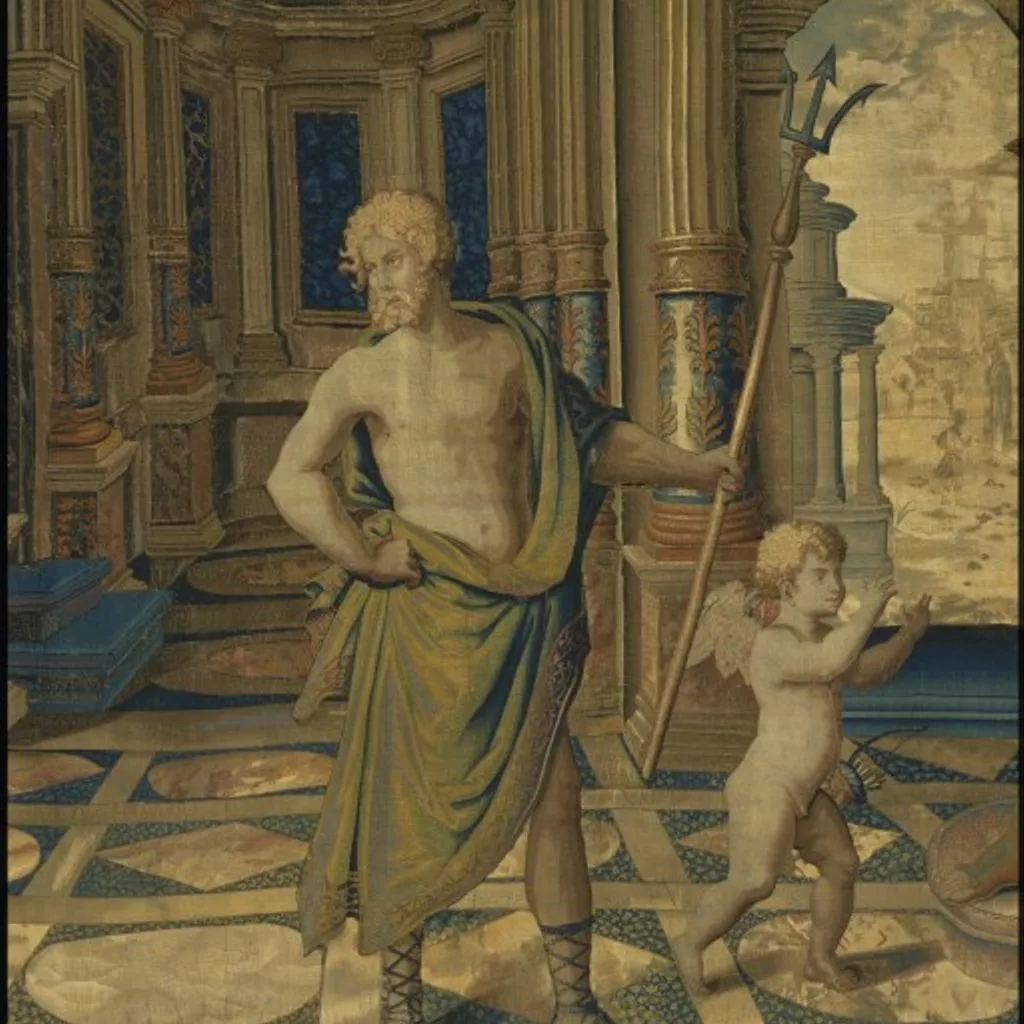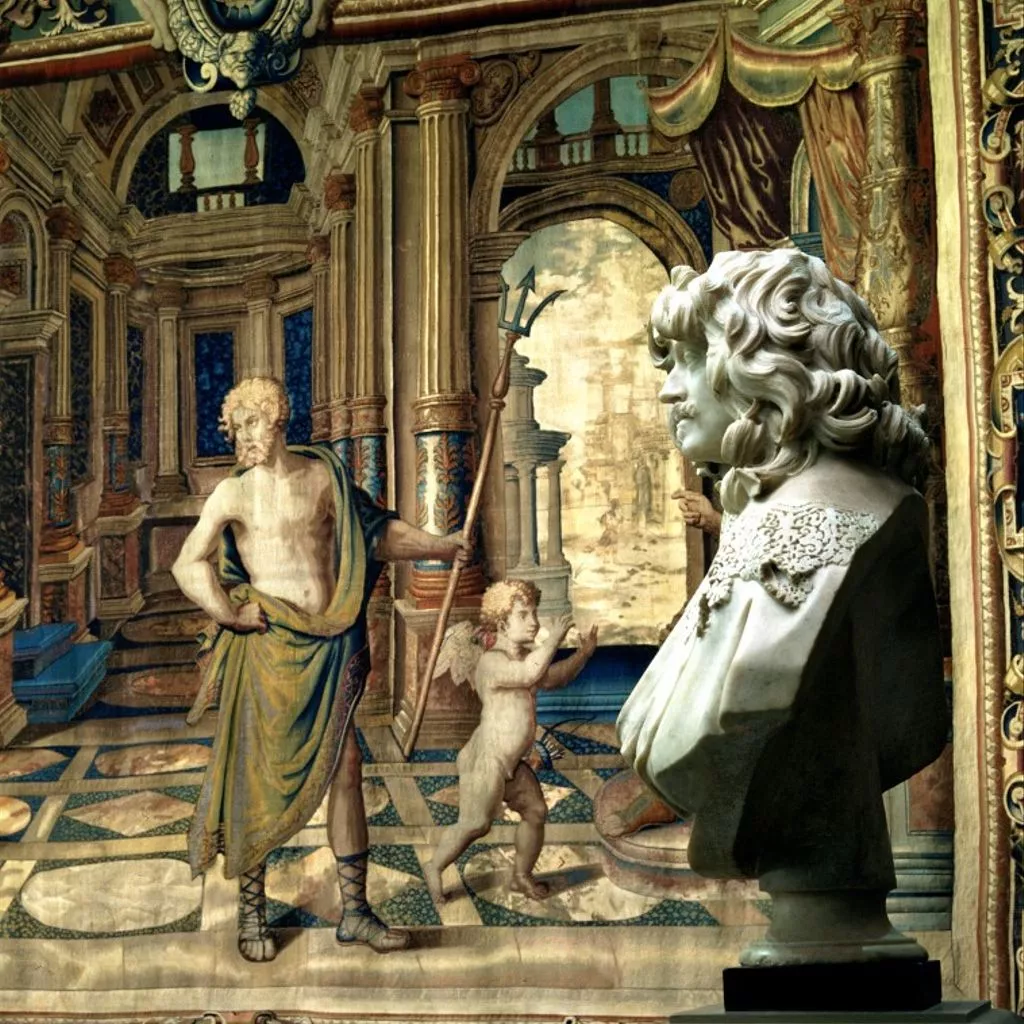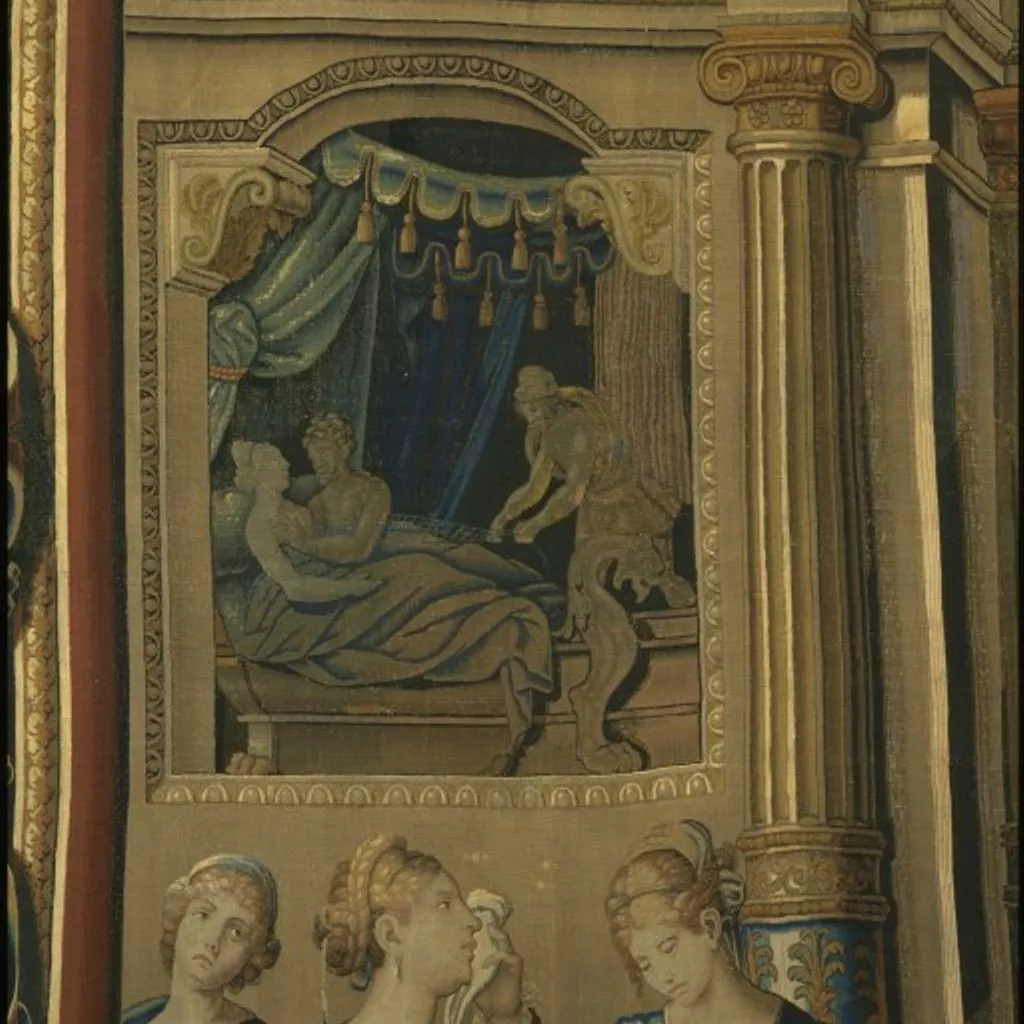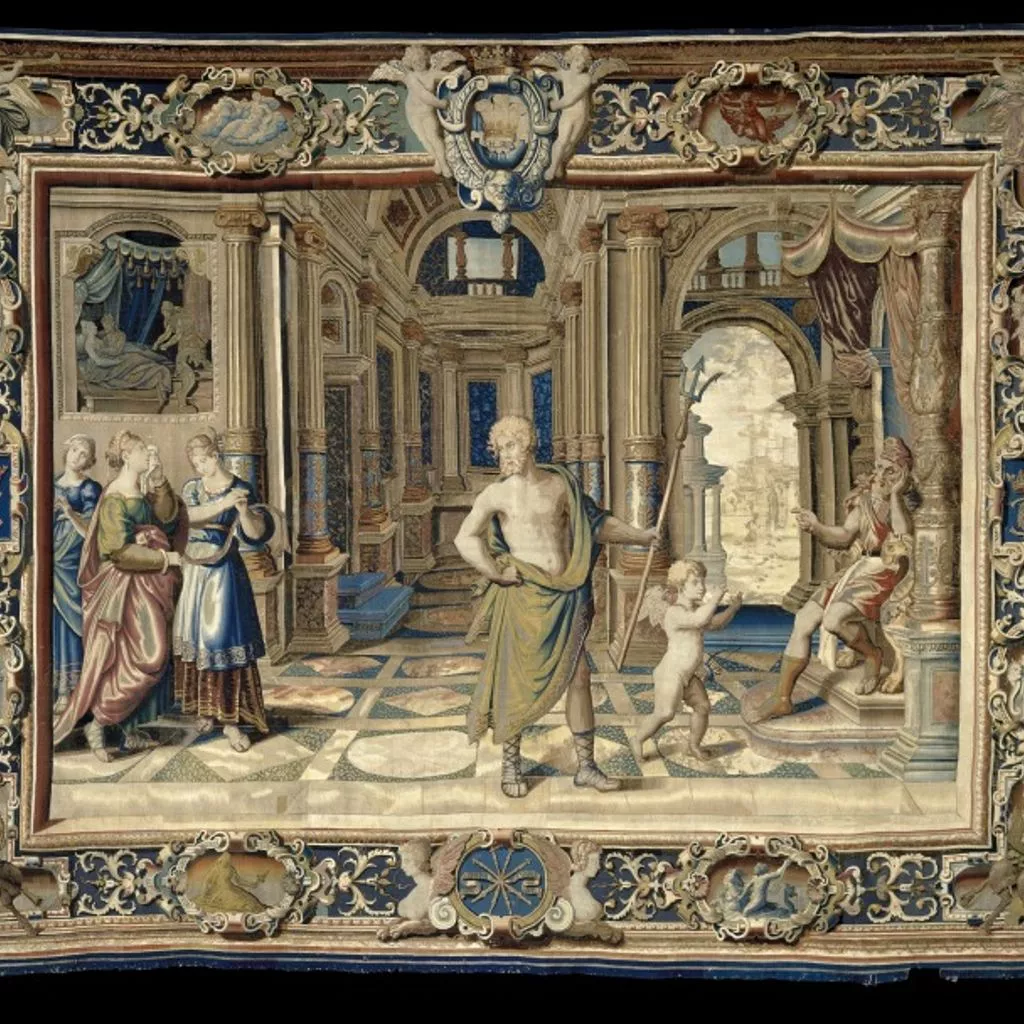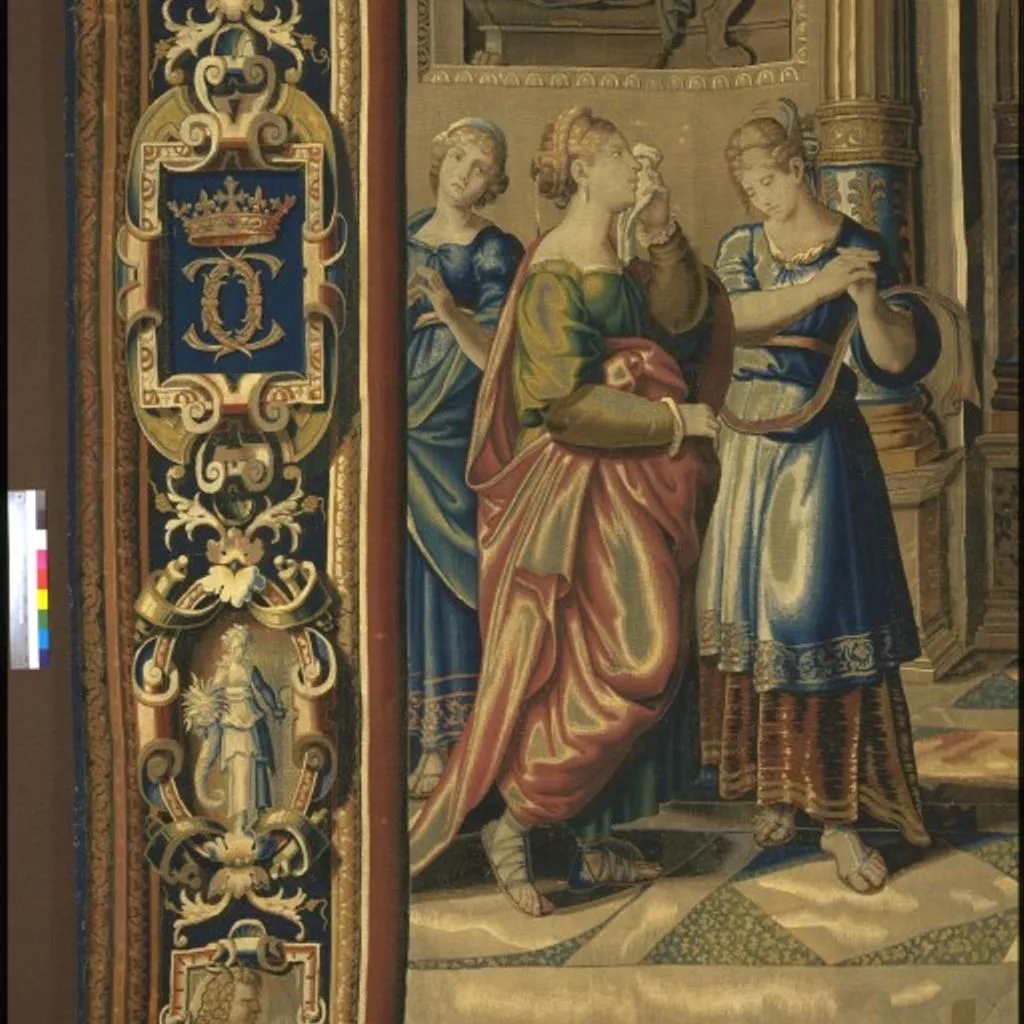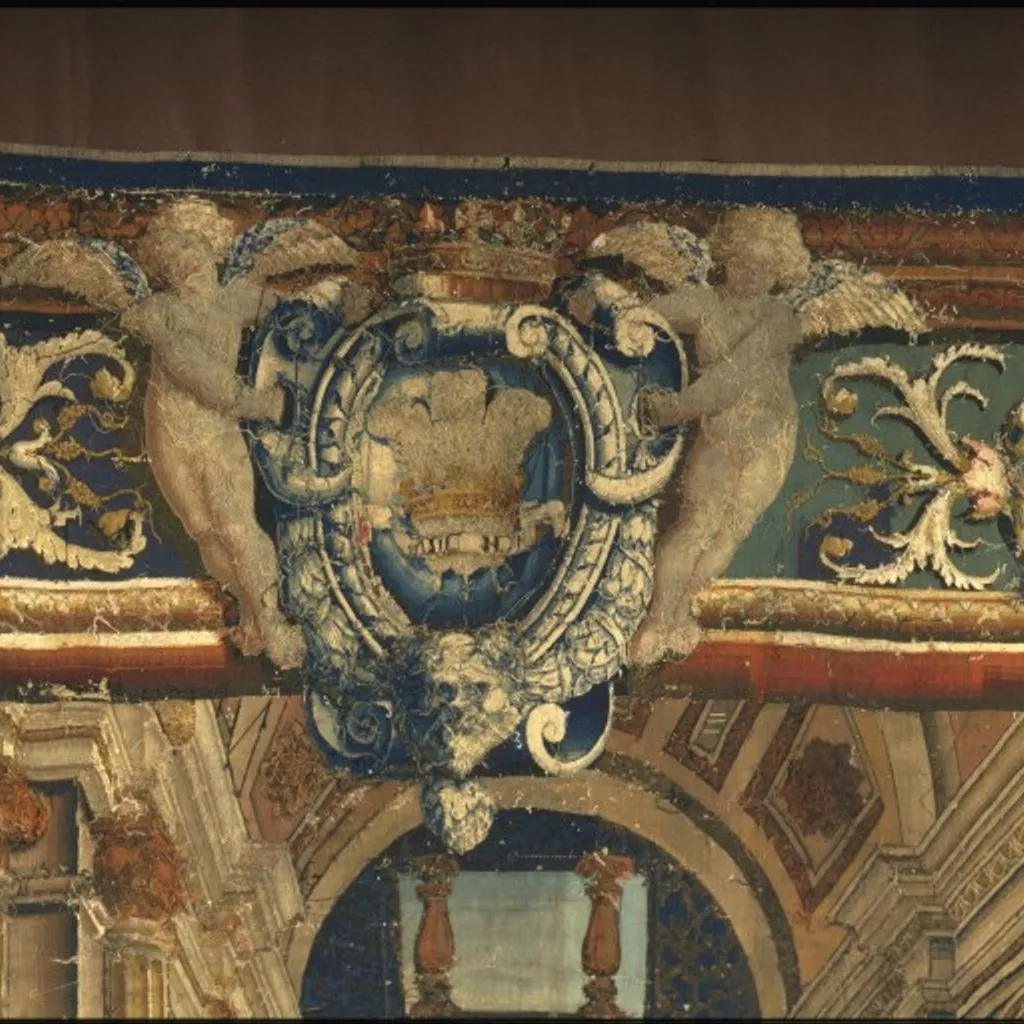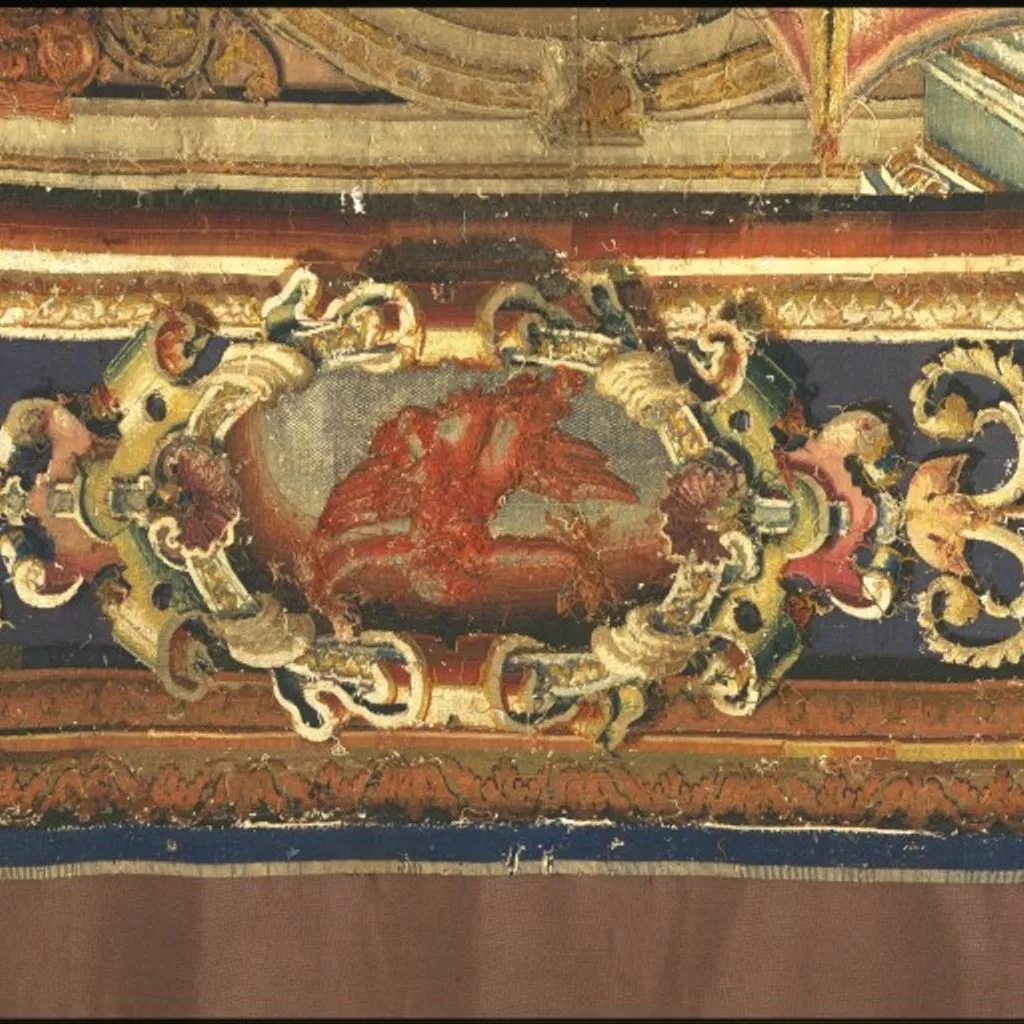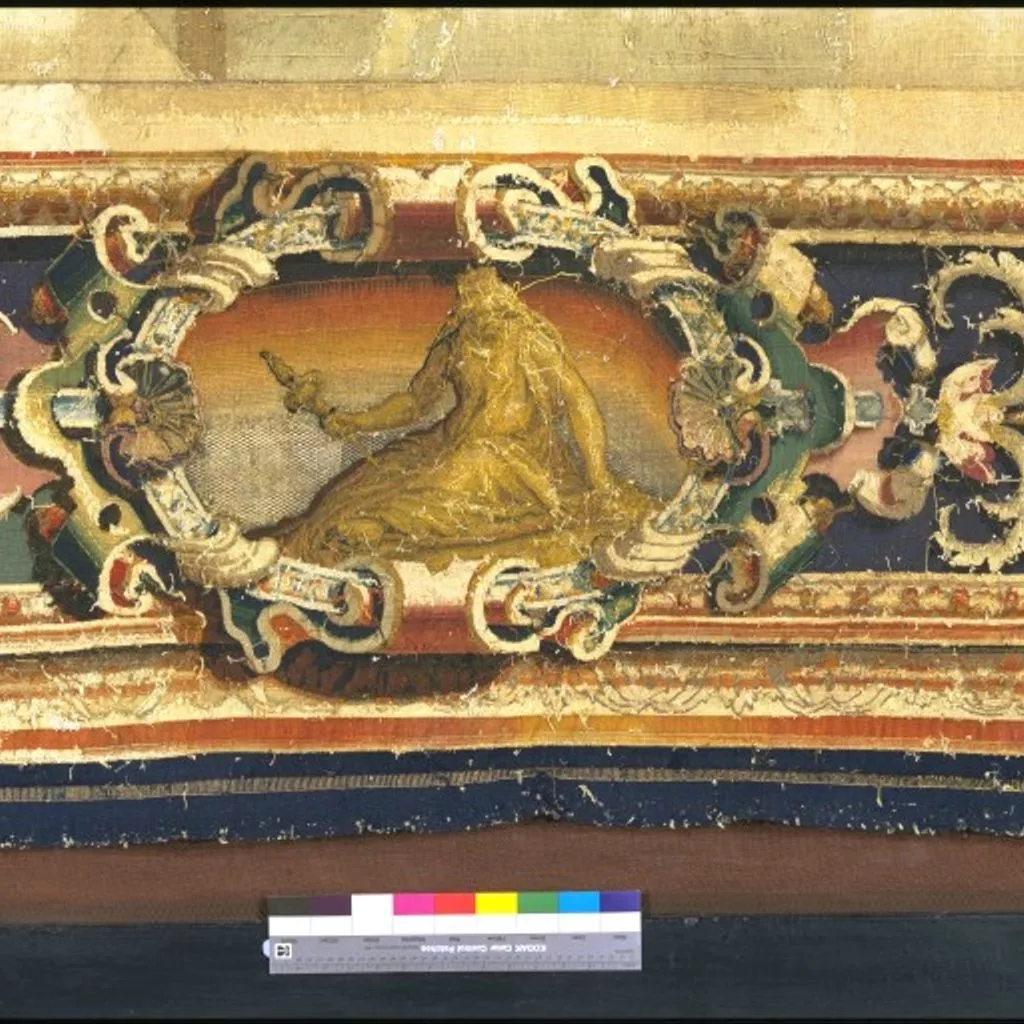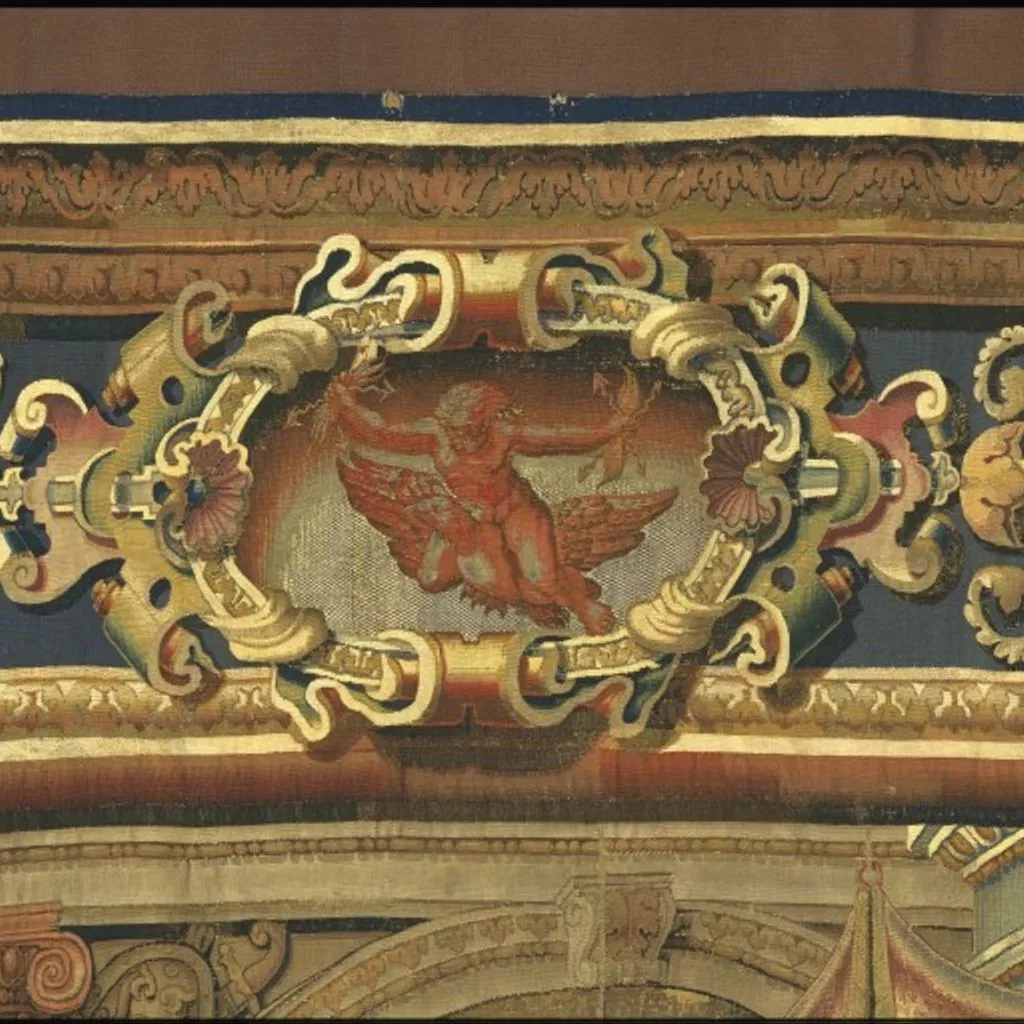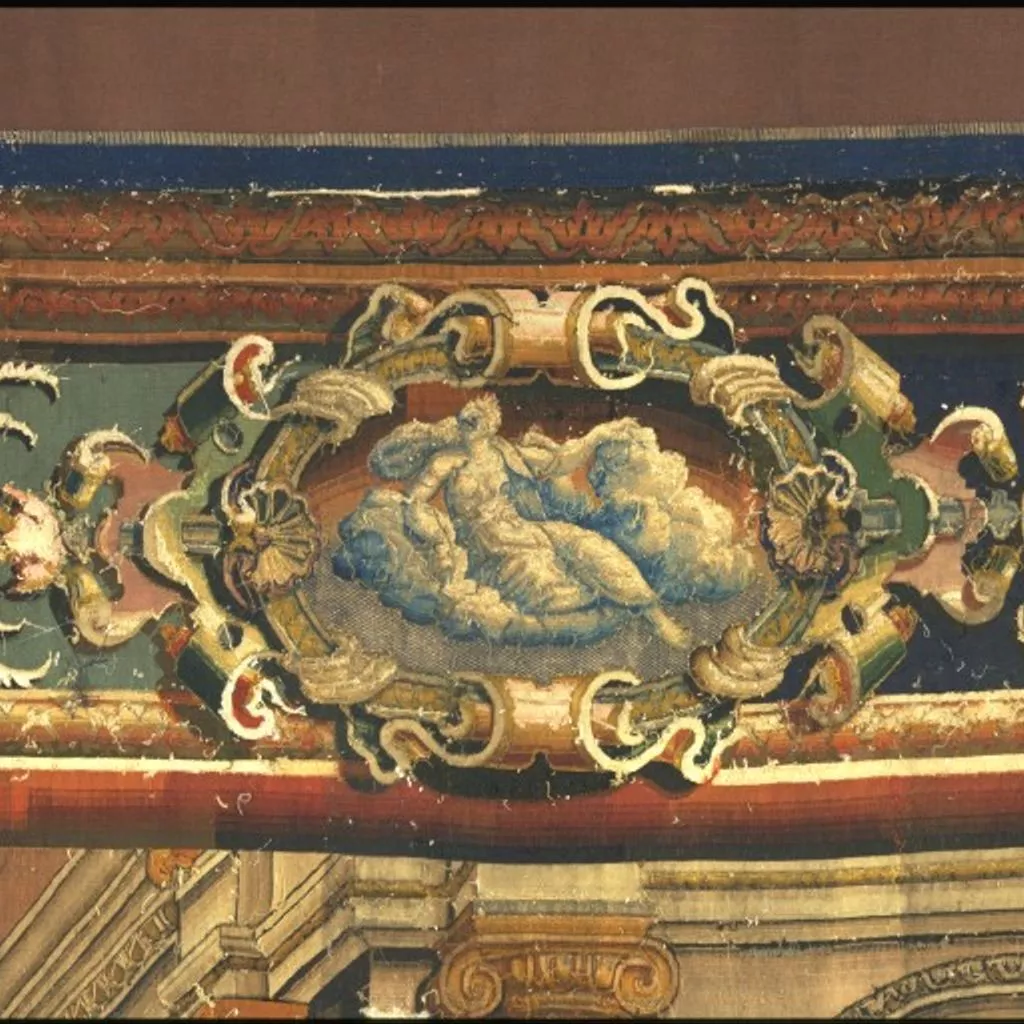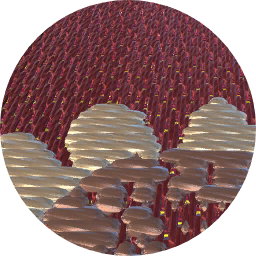1620 / 1625, Mortlake
1620 / 1625, Mortlake
- Identifier
- T.170-1978
- Carried out by
- Mortlake Tapestry Factory (http://data.silknow.org/activity/designer)
- Collection
- Technique
- Embroidery 95%

- Embroidery 99%
- Embroidery 87%

- Embroidery 96%

- Embroidery 97%

- Embroidery 91%

- Embroidery 82%

- Embroidery 99%

- Embroidery 76%

- Embroidery 95%

- Embroidery 98%

- Embroidery 94%

- Embroidery 100%
- Embroidery 97%

- Embroidery 58%

- Embroidery 94%
- Embroidery 94%

- Embroidery 97%

- Embroidery 77%

- Embroidery 97%

- Embroidery 95%

- Embroidery 99%

- Embroidery 92%
- Embroidery 94%

- Embroidery 99%

- Embroidery 95%
- Depiction
- Floral motif 67%

- Floral motif 46%

- Floral motif 57%

- Floral motif 56%

- Vegetal motif 57%

- Vegetal motif 44%

- Vegetal motif 47%

- Vegetal motif 65%

- Vegetal motif 44%

- Vegetal motif 58%

- Vegetal motif 50%

- Vegetal motif 59%

- Vegetal motif 46%

- Vegetal motif 53%

- Vegetal motif 43%

- Vegetal motif 55%

- Vegetal motif 69%

- Vegetal motif 38%

- Vegetal motif 45%

- Vegetal motif 47%

- Floral motif 67%
- Dimension
- 453 cm (height)578 cm (width)
- Production time
- Production place
- Type of object
Description
This tapestry is from a set that was intended to be portable. It would have been carried between the palaces of Charles I (ruled 1625-1649) when he changed his current residence. In this period they would have been attached to the walls by their top edge only.
People & Places
The tapestry workshop at Mortlake near London was established by Francis Crane (1579-1636) under the patronage of James I (ruled 1603-1625). Fifty Flemish weavers and their families were brought there in 1620. Through their skill and the advantages of Royal involvement, during its first twenty years the workshop produced some of the finest tapestries in Europe.
Subjects Depicted
The scene is from the mythological story of Vulcan, the god of fire, and Venus, the goddess of love. The tale was told in The Odyssey by the Greek poet Homer. Venus and her lover Mars, the god of war, have been imprisoned by her husband Vulcan, who sits in judgement. Neptune, god of the sea, and Cupid, god of love, plead for the lovers, while the Three Graces weep for them.
Materials & Making
The areas of flesh on the figures were the most skilled and therefore the most expensive parts of the tapestry to weave. The V&A has a tapestry with another version of this scene in which Neptune and Cupid are both clothed. Presumably this was commissioned by a client who could not afford so much expense. Tapestry, 'Vulcan and Venus', Mortlake, England, ca. 1620-1625. British Galleries: This tapestry was one of a set of nine woven for Charles I, when he was Prince of Wales, that tell the mythical story of the love affair of the Roman gods Mars and Venus, the wife of Vulcan. Such tapestries were extremely expensive and were considered essential to furnish palace interiors. They could be moved from palace to palace to create grand, decorative effects for special occasions. The Mortlake tapestry workshop was set up by Francis Crane (1579-1636) under James I and Prince Charles in 1619. It employed weavers from Flanders (now Belgium). [27/03/2003] Tapestry of 'Vulcan and Venus; Neptune and Cupid plead for the lovers'. The scene shows the middle of a hall in Vulcan's palace where Neptune stands looking back over his shoulder at the three Graces who bewail the plight of Venus. In front of Neptune, Cupid approaches Vulcan, asking for the release of Mars and Venus. Vulcan sits at the far right beneath a canopy of state between bulbous columns with renaissance decoration. In the background, at the right, an open archway reveals classical buildings in the distance and the small figure of a man. Behind Neptune is a closed perspective of columns and pilasters. Through a window in the top left corner, Vulcan is seen rehearsing his wife and her lover from the net. The border shows; top centre - winged boys support a cartouche with the Prince of Wales' feathers. Bottom centre - Sphynxes flank the 'Sceptra Favent Artes' motif. Sides centre - Interlaced 'c's with a princely coronet. Top corners - Frame with trumpet. Bottom corners - Satyr with pan-pipes and bagpipe. Four medallions with Ceres are at the sides, four medallions with gods of the elements - Juno, Jupiter, Cybele and Neptune, are at the top and bottom.

